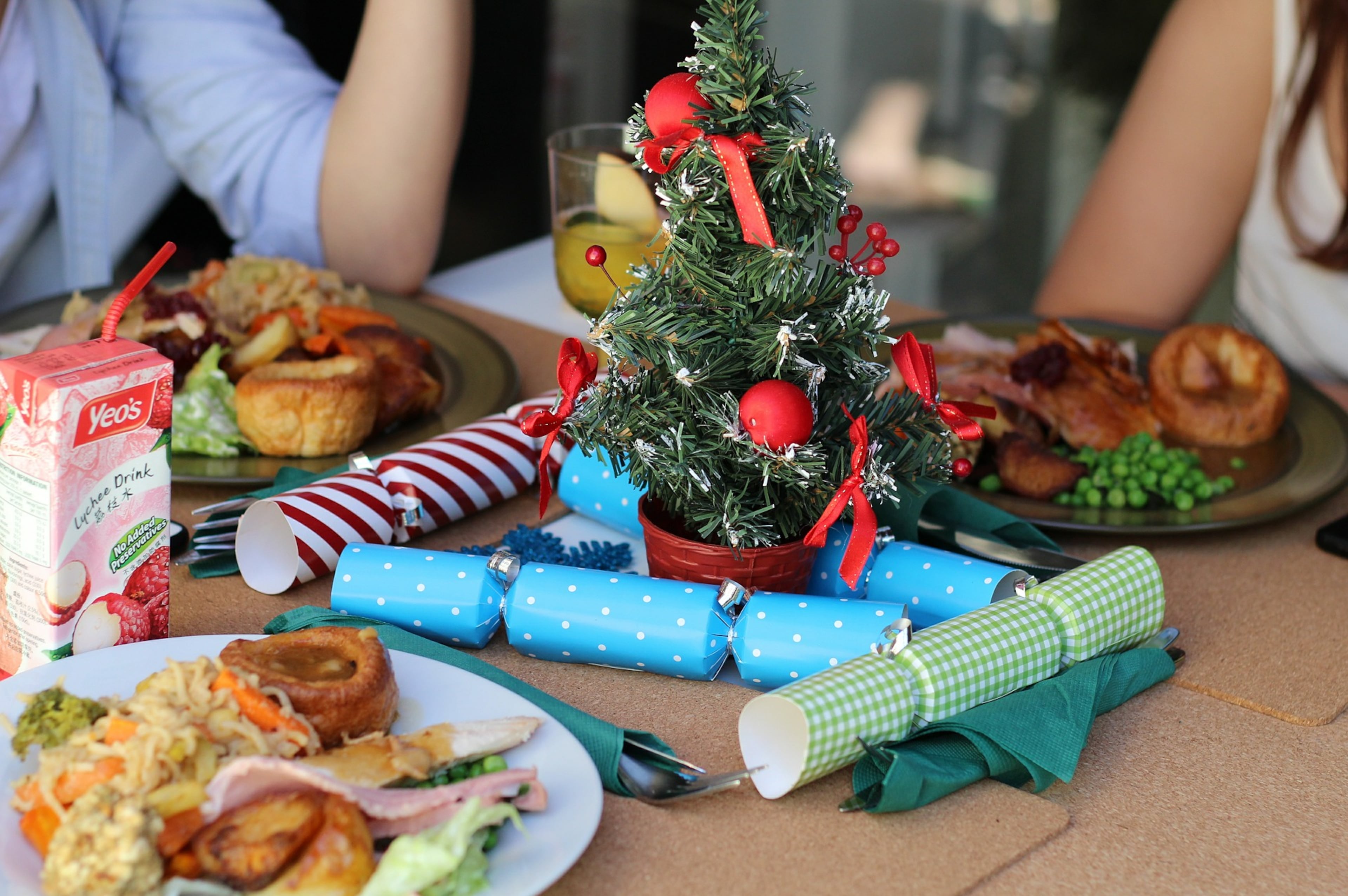Here’s how you can help Atlanta’s homeless this time of year and always

On any given night, there are hundreds of people sleeping on the streets of Atlanta, with thousands more in area shelters. A survey conducted this time last year found at least 2,679 homeless people in the city.
There are the obvious ways, of course, to help, through donations and volunteering, but also ways you might not have thought of.
Care packages
Head to your nearing store where everything’s a dollar and buy as many pairs of gloves and socks, hand warmers, hats and scarves, and as much lip balm, deodorant, hygiene products and snacks as you can afford.
If they sell plastic shoe boxes or other containers, grab some of those, too. If not, use shoe boxes you already have.
Pack each box with a variety of these items and keep them in your car to hand out as needed.
Blankets
Although any blanket is appreciated by someone who is cold, consider purchasing mylar blankets at a store or online.
You may want to consider mylar blankets, which are waterproof, rip resistant and retain heat better than typical ones. Everlit’s survival blankets, for example, were designed by NASA and can be used as a rain poncho or light-duty tarp. You can buy a 12 pack on Amazon.com for $13.95. Each 52′'x 82′' blanket is folded, wrapped and sealed in a bag the size of a credit card and weighs about 2 ounces.
Clothing
If you’ve made a resolution to clean out your closets, do it now. Coats, jackets, sweaters, sweatpants, shoes and other items in any size can be donated to an area shelter. You can also keep some in your car in case you come across a fellow human being who needs added protection from the weather.
Volunteer
More people seek refuge in a shelter when it’s very hot or very cold, and those shelters often need help servicing everyone.
Although most of metro Atlanta’s shelters are in the city, there are locations in Gwinnett, Forest Park and throughout the metro area who likely need volunteers to do laundry, clean up, stack shelves, etc.
It’s easy to find the nearest shelter to you. Go to www.hud.gov/findshelter and enter the city or county where you live.
Food
Many shelters have kitchens and pantries to either make meals or provide food for the hungry. The need can be greater in fall and winter.
“While every person is different, it is common for people to feel hungrier when it’s cold out,” Bri Bell, a registered dietitian based in Toronto, told Eating Well. “One of the simplest reasons is that your body needs to use more energy to keep itself warm in colder environments, especially if the cold causes you to shiver.”
Hot food is also better than cold sandwiches to warm a body, Bell added. “(T)hat will help keep your body temperature up and more satisfied.”
If you’re not much of a cook or lack the time to help in the kitchen, shelters will always accept monetary donations to help restock its shelves.


